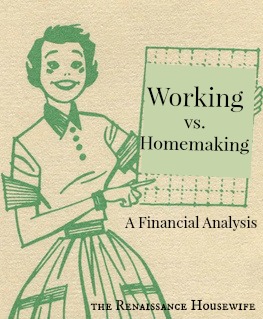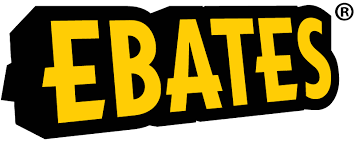2. Garden: harvested bell peppers, cucumbers and herbs from the garden. We might have been eating sweet corn right now, had the raccoons not gotten in and decimated my patch. After this incident we put up a short electric fence around the corn, but one night it got turned off and they got in again. Thankfully there are still a few ears left, but I'm still waiting for them to grow to full size.
As a side note, I also picked some wild elderberries to make cough syrup with.
4. Collected cans on various walks.
5. I bought a tank top and pair of bed sheets (needed for a project) at our local thrift store. The shirt was $1.50 (50% off) and the sheets were $6.00. Usually I don't shop at our local thrift store because it's expensive. However, I had JUST purchased a brand new set of sheets at Walmart for $25.00 when the thought occurred to me that I could get away with using thrift store sheets. Even though they weren't half off, the used sheets saved me $19.00. Normally I would never spend $1.50 on a used tank top either, but it was a specialty shirt that I will use heavily for the next couple months. ;)
6. I did a lot of organizing and de-cluttering last week. Isn't it amazing how cleaning will reveal treasures that you didn't know you had? One of the tasks on my to-do list was to clean out my herb collection. I found over 36 medicinal herbs (dried), several tinctures and a salve. Most of these were homegrown, foraged or otherwise made by me for pennies on the dollar. I moved them from a high, hard-to-reach cupboard down to a more easy-to-access one. Some of the older herbs I replaced with new herbs of the same variety. There were enough extras of some herbs to start a separate collection for animal use. My goal for this project was to make the herbs more accessible and usable, which I think was accomplished.
Mixed in with my herbs were a ton of non-medicinal loose-leaf teas that I had forgotten about. Yay! I will really enjoy those this winter, now that I'm aware of their presence. I also found an envelope with cash in it that we had saved for a previous vacation. THAT'S an exciting find.
6. Downloaded some free audio books from Amazon. If you are homeschooling or enjoy classic (out-of-copyright) fiction, you can almost always download the free ebook on Amazon. For those who don't know, you can get a free Kindle app for your phone or device, and then read the book from there instead of buying a Kindle.
Amazon is the parent company of Audible, producer of audio books. I love audio books because they save me a massive amount of time. I can "read" while I'm on my daily walk, doing animal chores, gardening, cleaning or washing dishes. The only problem: even though the Audible app is free, most of their high-quality audio books are VERY expensive- like, $15.00 or more per book. However, if you "buy" a free classic fiction ebook on Amazon, sometimes you can order the audio version between $0.00 and $2.99 as an add-on purchase.
The books I downloaded to my phone were Far From the Madding Crowd by Thomas Hardy, and The Man Who Knew Too Much by G.K. Chesterton. Both are fiction works. I may or may not listen to the first (after reading the description I realized I had already seen a movie of the story), but I really like Chesterton's non-fiction and am interested to see what his fiction is like. The Man Who Knew Too Much is a collection of eight detective short stories, with a total listening time of six hours. For productivity reasons I favor non-fiction over fiction, but I feel like there is less time wasted with audio books because I can do something with my hands while listening to the story.
Note: obviously if an audio book is not free on Amazon/Audible, you can most likely borrow it for free from your local library. Several weeks ago I figured out how to put CD audio books onto my phone, but it does take a lot more time and you don't get to keep the book.
7. Lastly, I sold three dozen eggs and three bars of soap. This will help a LOT with my hobby farm expenses.
YouTube Videos:
I only uploaded two videos this week.
1. Amazon Unboxing (a "haul" of some non-food items I ordered!)
2. How to Make Dill Pickles
Because of this strange phenomenon, I've decided to start doing Amazon hauls (infrequent as they are) along with the grocery store and garage sale hauls. Most of my Amazon purchases are well thought out, researched and "slept on"- sometimes for months- before I actually buy. I explain my Amazon rules in the video, as well as my thoughts on Amazon Prime.
For those of you who are interested, I've set up an affiliate links page for my Amazon purchases. If you like the same things that I do, and you're interested in passively supporting my blog/Youtube channel, buy through those links! Another way you can support my work is by purchasing my books and leaving a review on Amazon. I'm not desperate for money, but I AM desperate for reviews! So if you have already purchased/downloaded a book, thank you SO MUCH and I would really appreciate it if you could leave an honest review for other future readers.
Til next time,
-Bethany
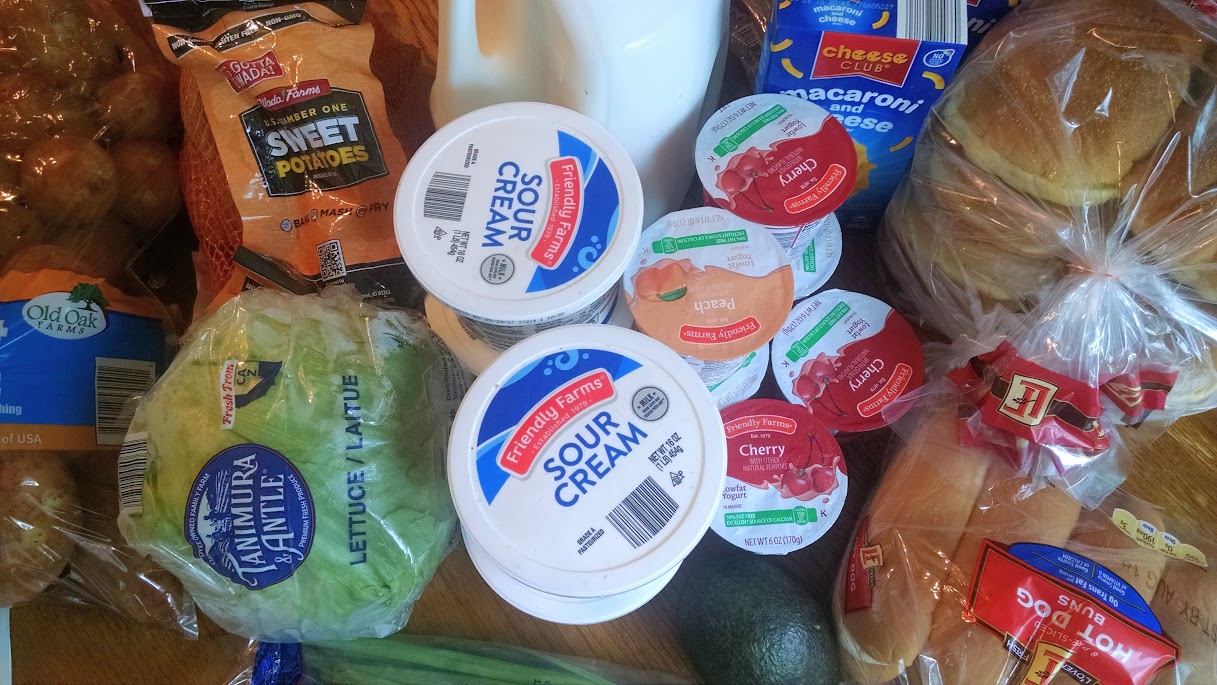

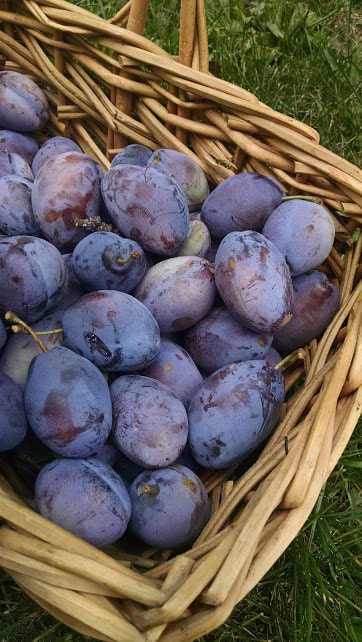


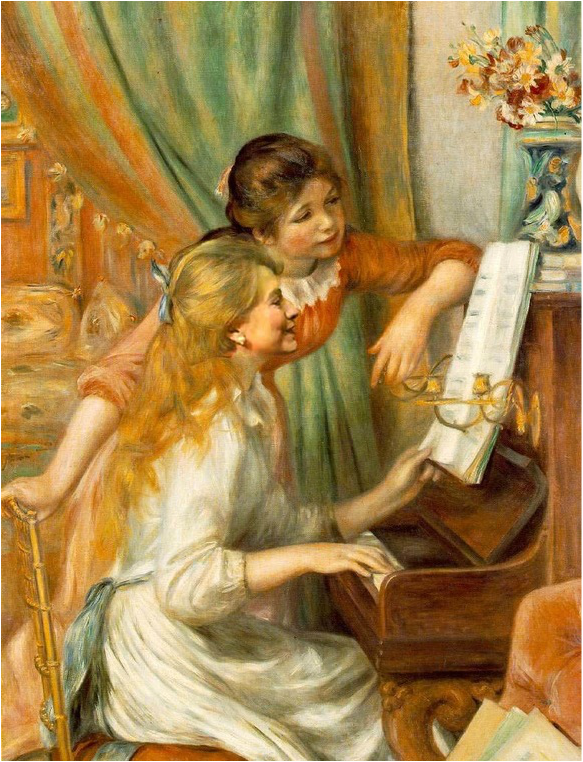



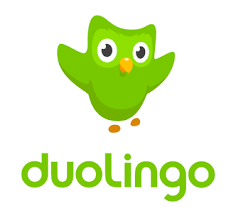
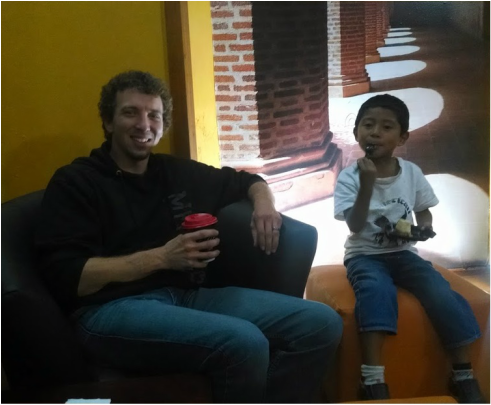
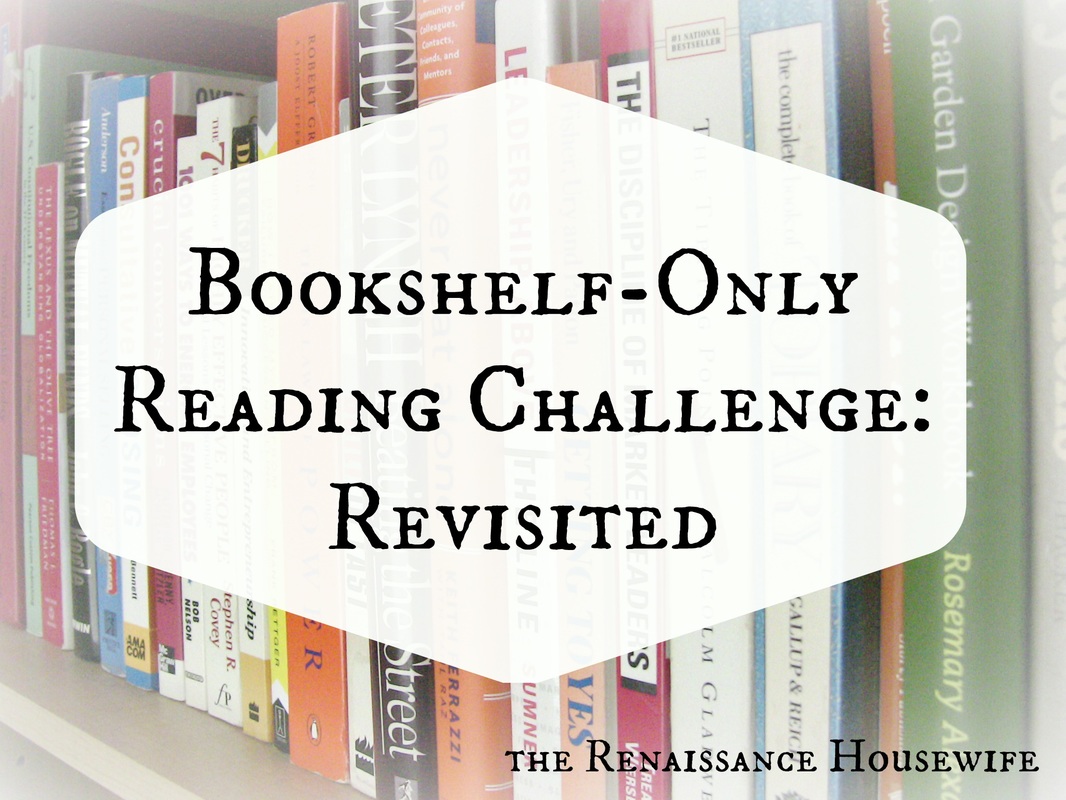
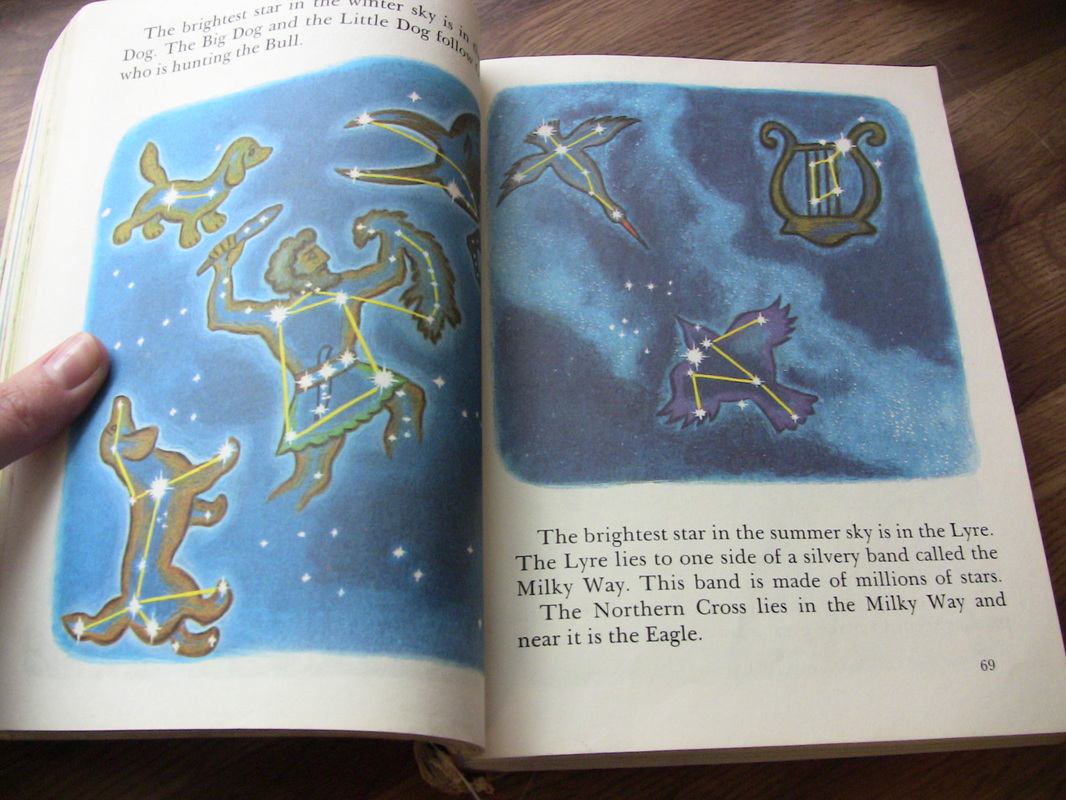
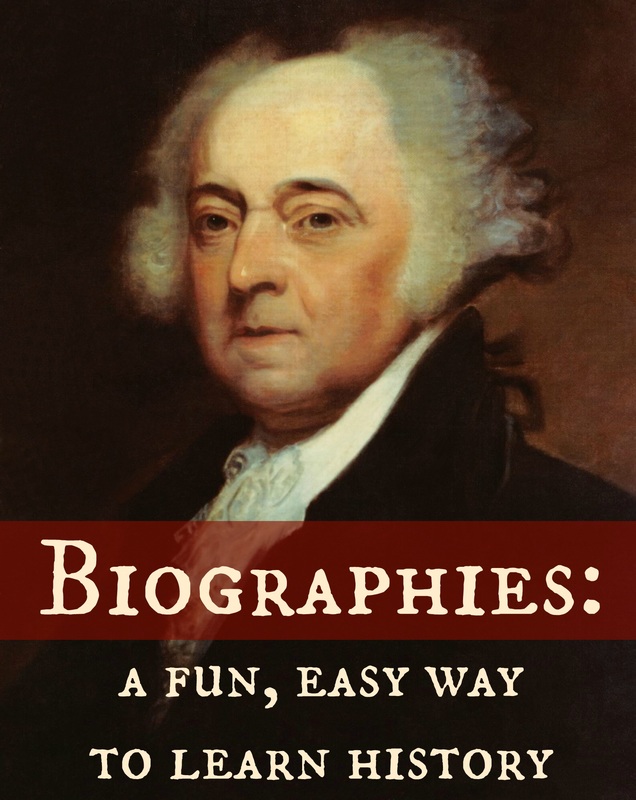



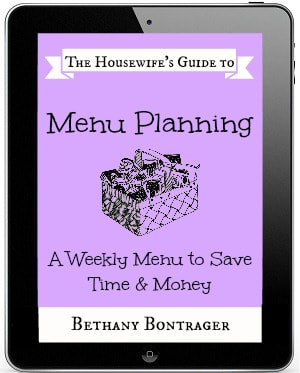
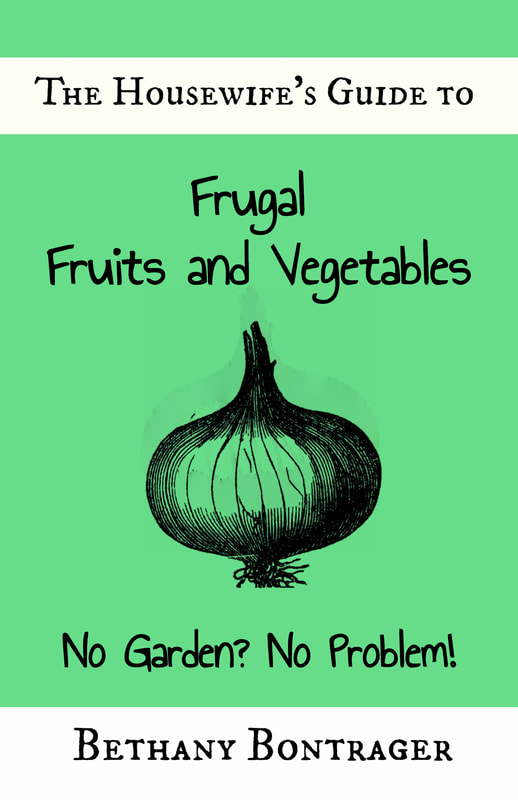
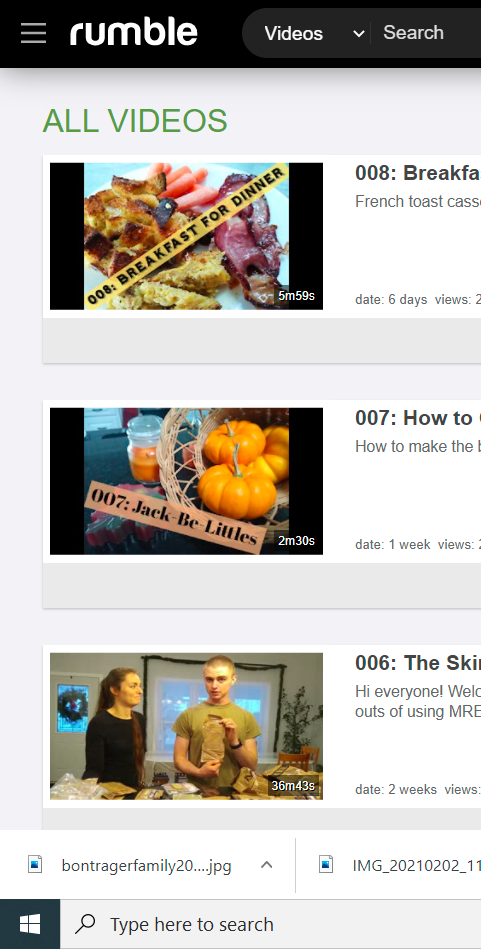
 RSS Feed
RSS Feed


